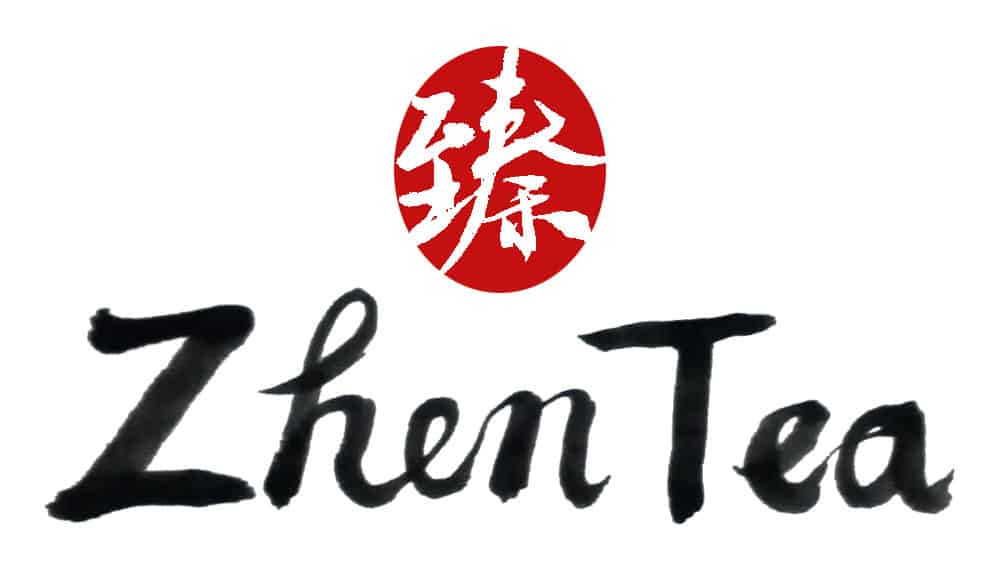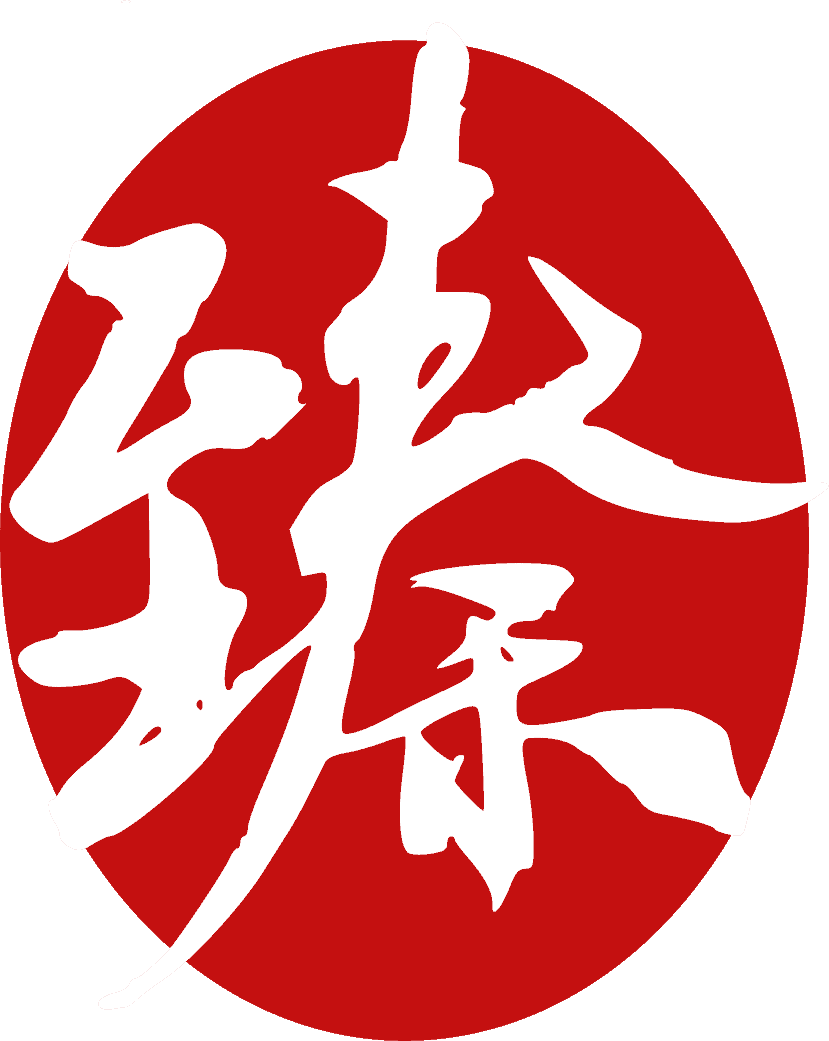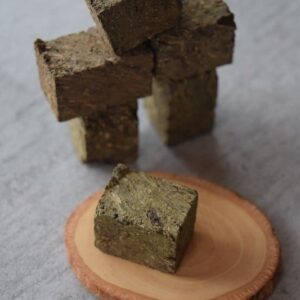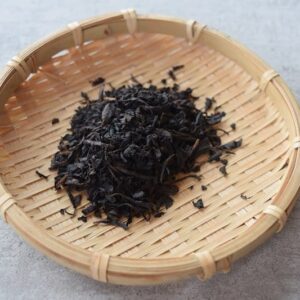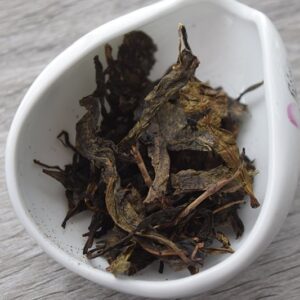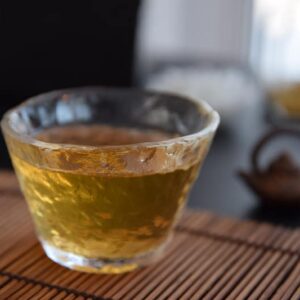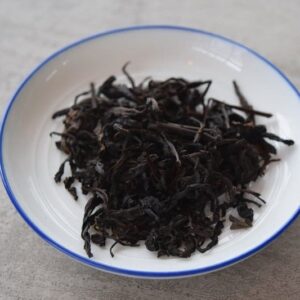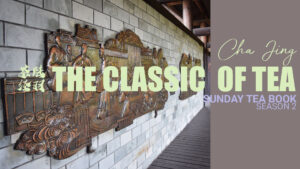Synopsis
When tea is made into mao cha, its quality and character are decided. During the post-processed phase, the changes in the tea are minor. Therefore, post-processed tea belongs to the 6 tea types. Depending on the type of its mao cha, post-processed tea can be categorized as green, white, yellow, oolong, black or dark tea, just like other teas.
SIP ALONG with
-
Qian Liang Cha 2017
Price range: $10.00 through $35.00
This blog post is the synopsis and reading notes of the article Tea Classification in Theory and Practice by Professor Chen Chuan, translated by Michael Salt, librarian, East Asian History of Science Library, Cambridge (Journal d’agriculture traditionnelle et de botanique appliquée Année 1981 28-3-4 pp. 329-344).
Watch the Youtube video for the full walkthrough.
The link to the translated article is in the description box on Youtube.
Reading Notes
P.334, para.4. “In Chinese teas” should be “in Chinese green teas”
P.334, para.4. “Split Pearl, Eyebrow, Slice, Point” are tea names. It mind be better not to translate word for word, or include tea in the name for clarity. Zhu Cha (Pearl Tea), Mei Cha (Eyebrow Tea), Pian Cha (Slice Tea), Jian Cha (Point Tea).
P.336, para.1. “straight tea”, mao cha. it’s a phase during the tea process when the tea is roughly done. Details explanation in the video.
P336, para.2. “refined teas”, post-processed teas.
P336, para.3. “These teas have lost some of their rankness in the withering process”. lost some of their rankness refers to kill green. This sentence is talking about Pu’er kill green and sun-drying step as in Chinese “晒青”. Withering in today’s tea talk usually only means withering, not drying. So it could be a bit confusing or misleading in this case.
P336, para4. “flower”. It’s a Chinese tea term, fa hua. Now it’s mostly used in Fu Zhuan. In this article, Prof Chen refers to the Shu Pu’er tea’s pressing and drying process.
-
Aged Tian Jian
Price range: $14.00 through $52.00 -
Fu Zhuan
Price range: $10.00 through $160.00 -
Qian Liang Cha 2012
Price range: $14.00 through $52.00 -
Tian Jian
Price range: $9.00 through $150.00
